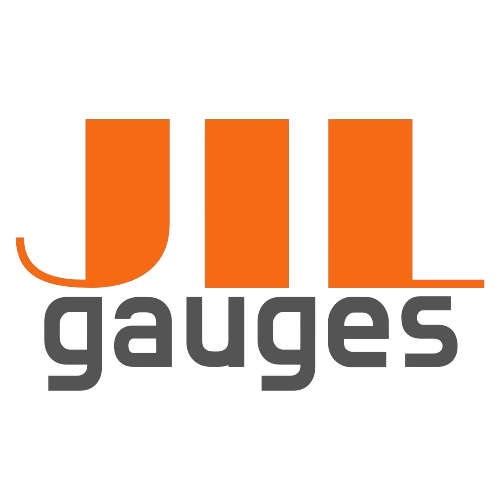In this chapter we talk about pressure gauge ring and lens types, available at JIL Gauges. Which one you should choose? What are the advantages and disadvantages of one over another? Well, let’s get to it.
Crimp ring
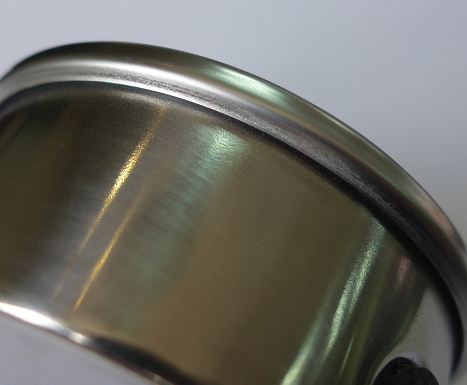 It is a non-removable solution, thus the gauge cannot be manipulated with. A crimping machine crimps the ring (folds the ring’s edge) onto the housing, holding the lens and lens ring gasket in their place. Examples: 200L, 300L, etc.
It is a non-removable solution, thus the gauge cannot be manipulated with. A crimping machine crimps the ring (folds the ring’s edge) onto the housing, holding the lens and lens ring gasket in their place. Examples: 200L, 300L, etc.
Bayonet ring
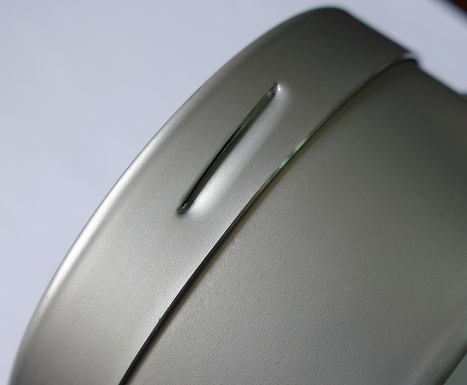 It is a removable solution, thus the ring and lens can be taken off to access the calibration screw on the dial face, or other inner parts of the gauge. On the rim of the bayonet ring there are – most commonly – three to five bayonets that clasp the ring and housing together. The ring’s rim lies flat on the housing. Examples: 210L, 310L, etc.
It is a removable solution, thus the ring and lens can be taken off to access the calibration screw on the dial face, or other inner parts of the gauge. On the rim of the bayonet ring there are – most commonly – three to five bayonets that clasp the ring and housing together. The ring’s rim lies flat on the housing. Examples: 210L, 310L, etc.
Friction ring
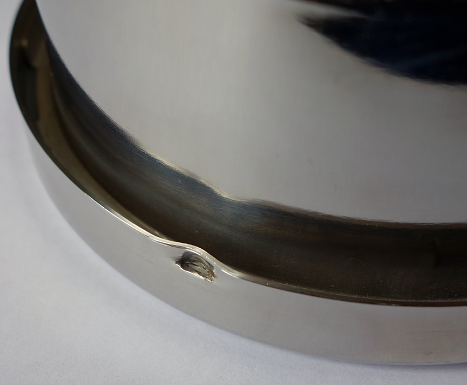 It is a removable solution, but in this case the rim does not lie flat on the housing, it is elevated. The rim has small tabs (visible from the side) that hook onto the specially shaped housing. Examples: 220L, 320L, etc.
It is a removable solution, but in this case the rim does not lie flat on the housing, it is elevated. The rim has small tabs (visible from the side) that hook onto the specially shaped housing. Examples: 220L, 320L, etc.
ABS cover ring
As its name implies, this ring – placed on the housing – covers not only the front, but the sides as well. Despite of its look, actually it is made of gold colour coated plastic (ABS). Example: 601L
Stainless steel cover ring
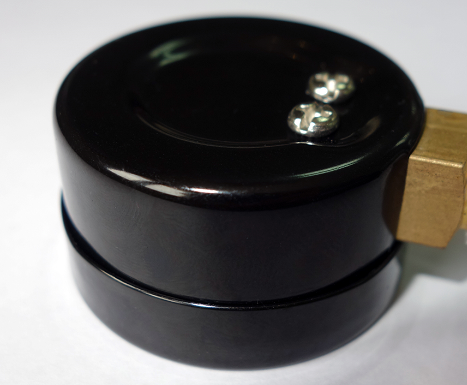 It is a small, non-removable, black finished stainless steel ring that has been pressed/fixed onto the housing, covering its front and a part of the sides. Example: 111D
It is a small, non-removable, black finished stainless steel ring that has been pressed/fixed onto the housing, covering its front and a part of the sides. Example: 111D
Snap-in / twist-on polycarbonate (PC) lenses
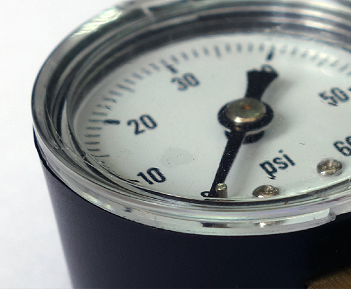 As the name would suggest, snap-in lens snaps directly into the housing with a click, and twist-on lens – with its threads – can be screwed onto the housing. Examples: F7S/F7T, C1T, etc.
As the name would suggest, snap-in lens snaps directly into the housing with a click, and twist-on lens – with its threads – can be screwed onto the housing. Examples: F7S/F7T, C1T, etc.
Polycarbonate (PC), and safety glass lenses
These materials have their own advantages and disadvantages when compared. If your priorities are a clear glass look, longevity, strength, and durability, you may prefer the safety glass lens, but it is a bit more expensive, fragile, heavy, and less forgiving to knocks than lens made of polycarbonate. That said, polycarbonate lenses are lightweight, very durable, but scratch a bit more easily.
